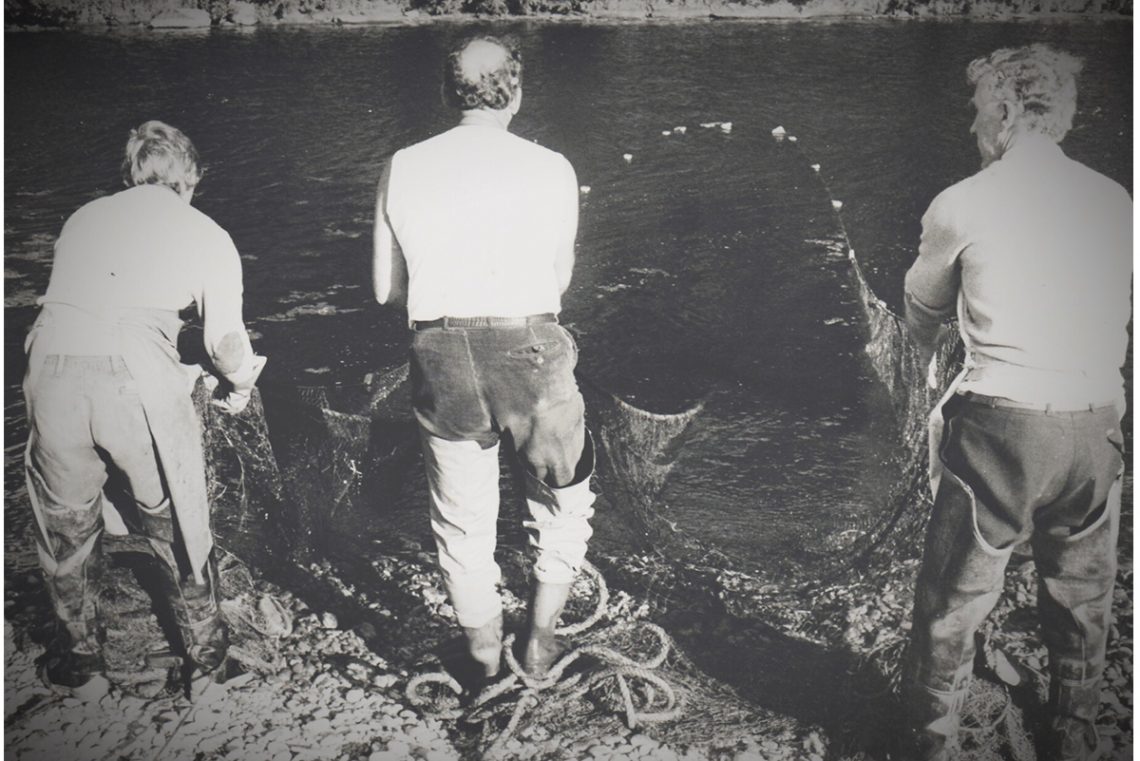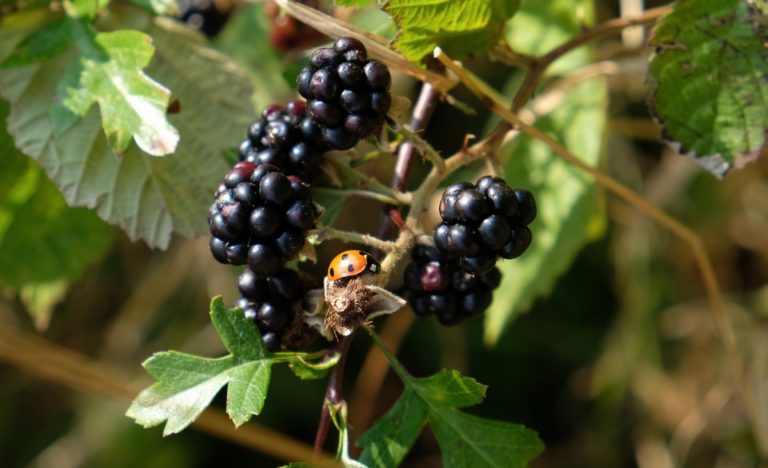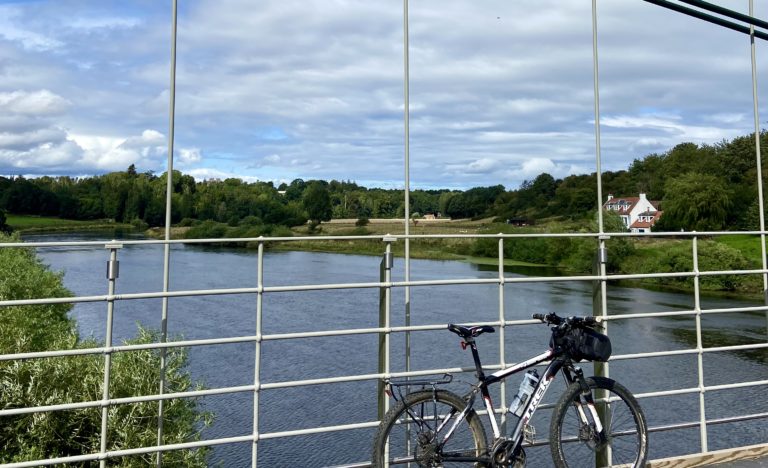The Arrival of Winter
With the first frosts and a few commendable attempts to transform the estate into a quintessential white wonderland, Winter has announced its arrival at Milne Graden. With it, the flourish of autumn colour has been stripped from the trees, and as the light wanes towards the winter solstice, skeletal silhouettes have become the order of the day.
The estate has now closed for the year and thoughts have turned to winter chores. Firstly, the trusty fishing boats must be brought in and taken to their winter dry dock. Here, during their short rest, the wear and tear of the busy fishing season will be buffed away and their cloak of vivid green restored to it’s original vigour, in time for the Tweed opening again in February.
On the crisp December morning chosen for this task, I am instructed by Kevin the ghillie that we are to make our way to the lower shiel, called Damford, directly down the hill from the four holiday cottages at Sunnyside. The weather is dry and bright, and once again, this stretch of river bank is living up to its reputation.
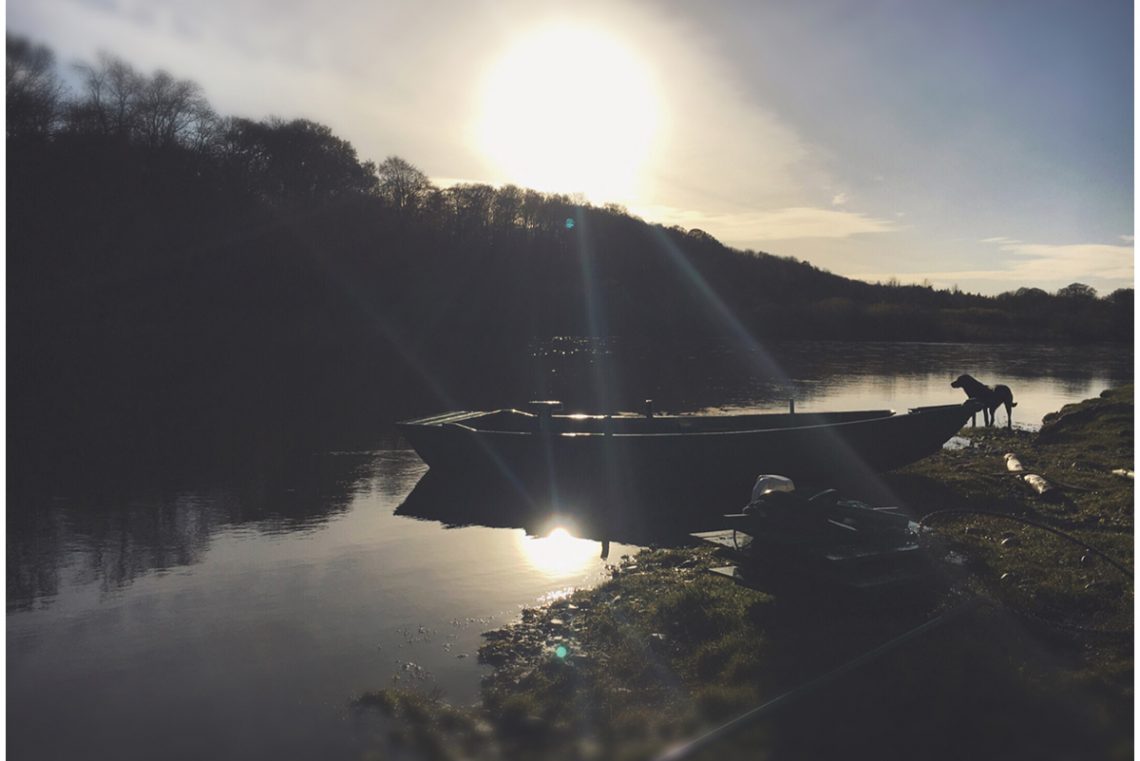
I take in the vista from Hamilton House with a pause. The view is framed by trees and encompasses a large stretch of the Tweed. At the centre is the round stone hut, known as Damford. These unassuming buildings occur, in various stages of repair, all along the river and I am keen to discover more about their history. A bit of research reveals they are remnants of the many salmon netting stations that once colonised the banks of the Tweed.
There are two shiels on Milne Graden’s fishing beats and the one further along, below the old walled garden and in the view of Garden House, is known as Littlehaugh. I was interested to find out that Damford and Littlehaugh are the the only two round shiels on the Tweed, and that Damford is in fact, featured in a wonderful book, Fishing Huts by Jo Orchard-Lisle.
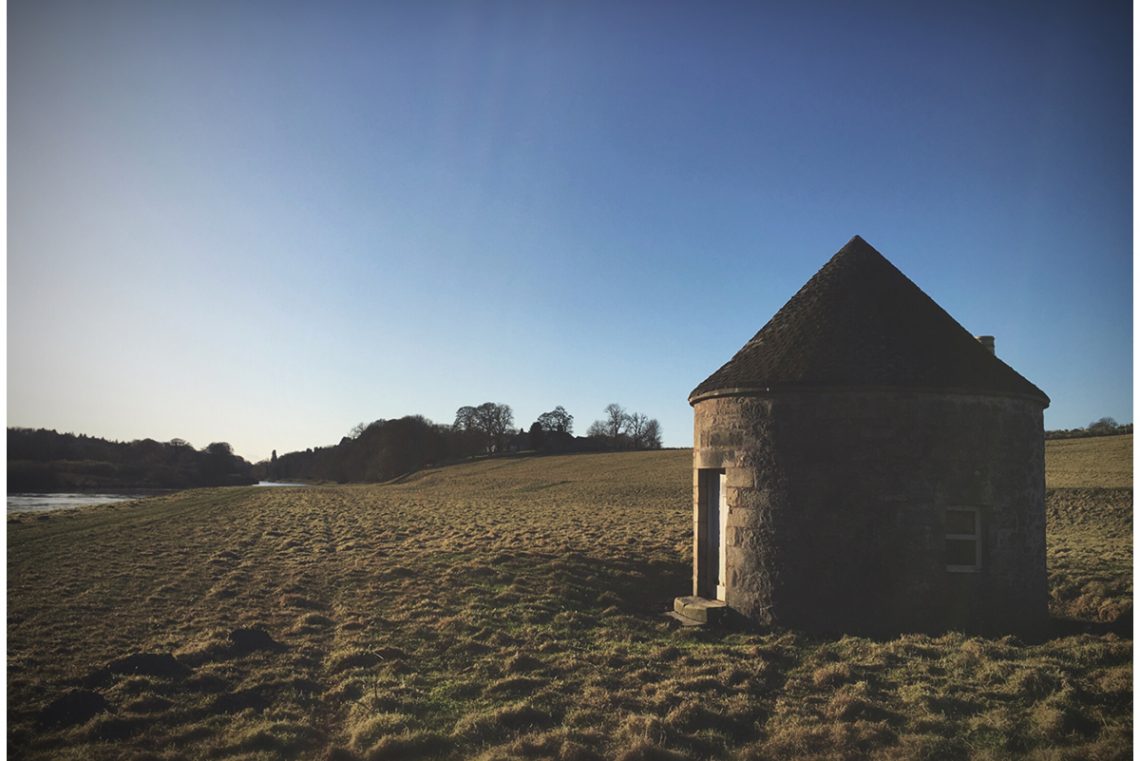
In the present day, Littlehaugh is Kevin’s base, serving as his anchor point during busy days on the river. Littlehaugh has had a facelift, creating a comfortable haven for the weary angler to enjoy a hearty fisherman’s lunch and a place to reflect on the day’s progress.
Once the base for a netting station, Littlehaugh, was an invaluable part of life on the river. It provided relief from the elements, a place to store equipment with a roaring open fire to brew a cup of tea – or perhaps even to sit and enjoy a reviving nip of something stronger! It would appear, this little fishing hut has seen many salmon during its lifetime and if its walls could speak, there would surely be a few tales of the Tweed to tell!
Salmon netting has been at the heart of life on the Tweed for over a thousand years. With stories of a dispute in the 16th century, which resulted in a Captain opening fire on nearby fishermen to those of rivalries between netting stations, the catching of salmon in this way, is intricately woven into the history and identity of the Tweed area.
Local knowledge is always at hand, and to glean bit more, I have a conversation with John Fulton, the last in a long line of Littlehaugh fisherman. A retired school teacher, John fished part-time until the netting station closed in 1990, following the buy-out of net fisheries by Atlantic Salmon Conservation Trust in 1987.
As was commonplace at the time, several generations of the Fulton family carved out a living at Milne Graden during the netting season. It was hard graft, using the traditional practice of net and coble (a purpose-built fishing boat), an ancient method of fishing which is thought to date back to at least the 12th century.
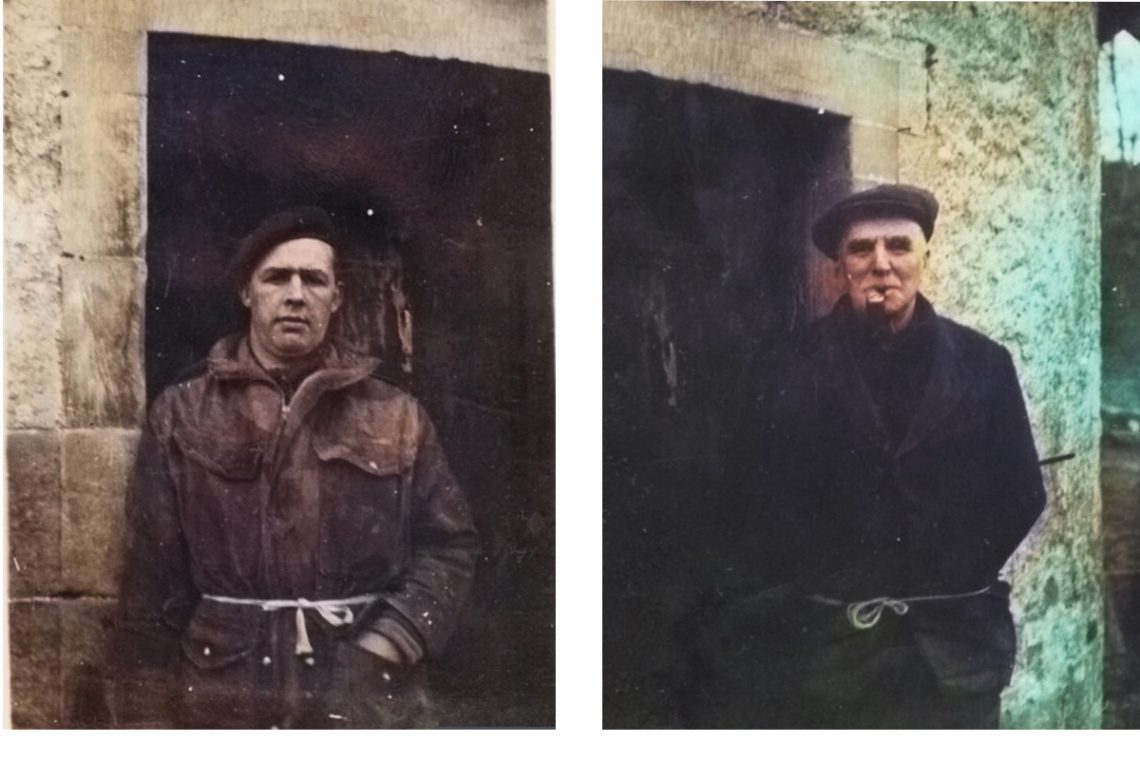 The netting of salmon was permitted between 14th February to 14th September, but then as now, the end of the season did not mean the end of the fisherman’s work. John tells of how during the winter months, the men would spend hours in the shiel knitting new nets for the year ahead. I imagine centuries of knowledge passing from the nimble hands of fathers to sons, and wonder if somehow this could linger like a muscle memory, within the shiel’s thick stone walls.
The netting of salmon was permitted between 14th February to 14th September, but then as now, the end of the season did not mean the end of the fisherman’s work. John tells of how during the winter months, the men would spend hours in the shiel knitting new nets for the year ahead. I imagine centuries of knowledge passing from the nimble hands of fathers to sons, and wonder if somehow this could linger like a muscle memory, within the shiel’s thick stone walls.
John recalls when the nearby railway was still in use and steam trains passed by as the men went about their work. As I look along the river, I can almost see the hive of activity playing out on the riverbank; the hauling in of nets, the clatter of a train on the tracks, a puff of steam billowing up through the trees into the open air. Quite a different scene to the stillness and tranquillity that is bestowed upon the river today.
This great sense of what has gone before, continues to inform the estate as it moves forward. Whether breathing new life into forgotten buildings like the shiel or sensitively refurbishing the holiday cottages, much consideration is given as to how Milne Graden’s rich heritage can be transcribed into to modern 21st century living.
2018 heralds the 10th anniversary of the estate’s holiday cottages and be it carefully chosen pieces of art or specially commissioned bespoke fabrics, this philosophy is at the forefront of the minds of the Milne Graden team, as they beaver away over the winter carrying out tweaks and improvements ready for the new season.
N.B. Castle Productions has created a beautiful short film made as part of an exhibition for Berwick Lighthouse Museum, which brings salmon netting on the Tweed to life with video footage, images and stories from the fishermen themselves.
A very special thanks to John Fulton, Castle Productions and David Foreman.
